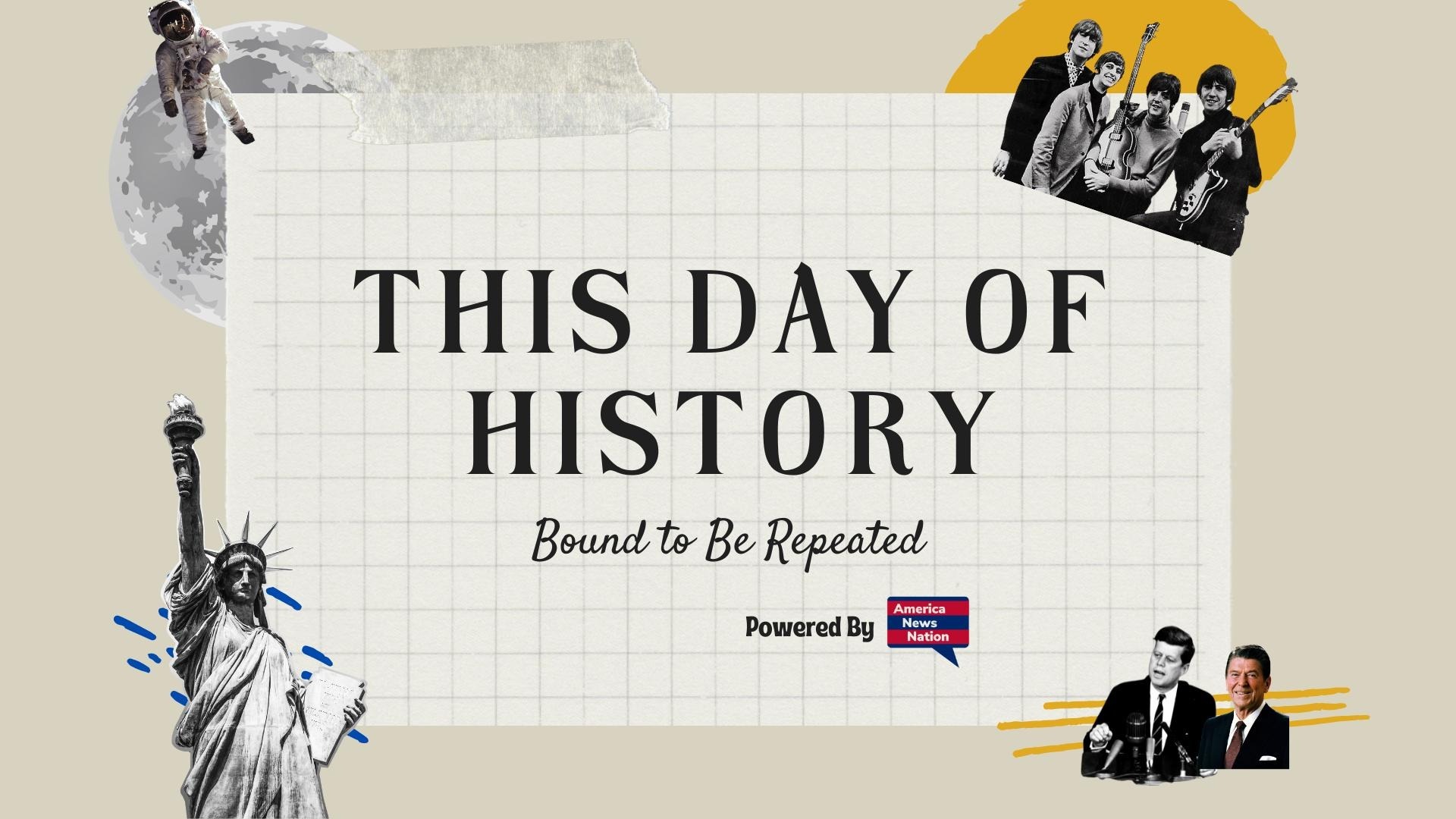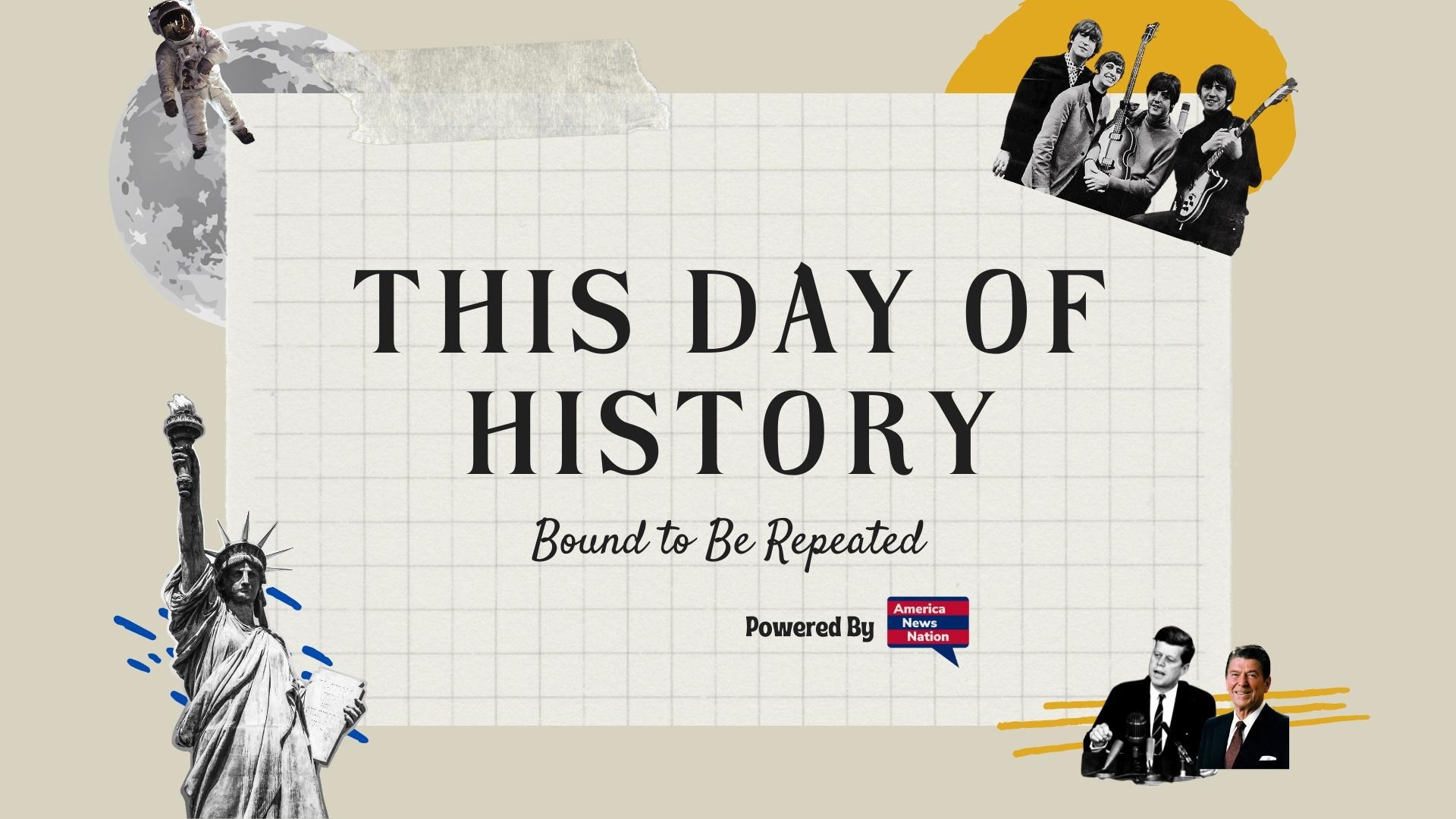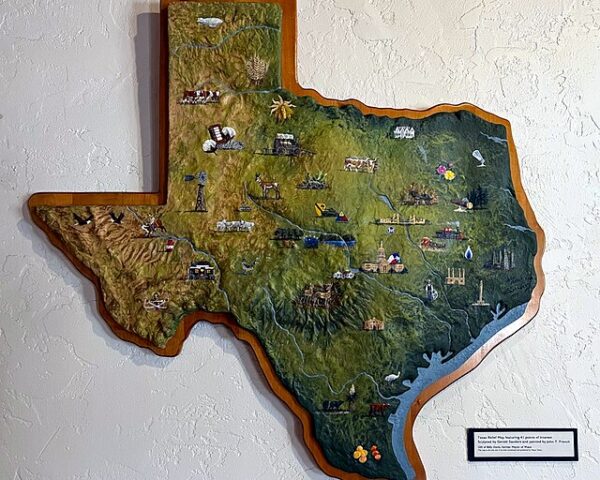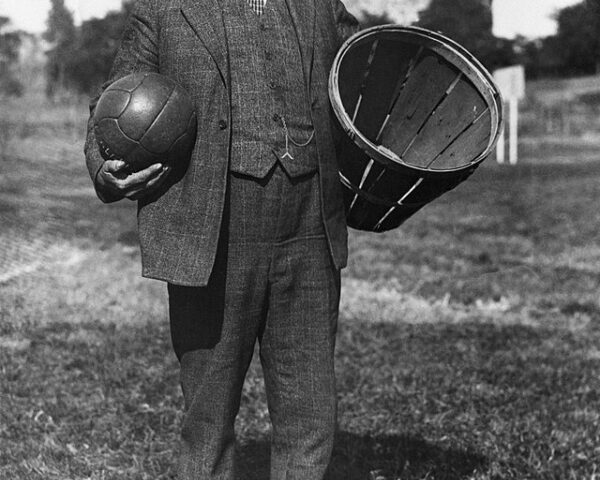They came not with violence but with the law—federal agents, marshals, and the force of a constitutional order long delayed. And yet, standing rigid before the arch of Foster Auditorium in Tuscaloosa, Alabama, Governor George Wallace conjured a spectacle of resistance that had been decades, even centuries, in the making. June 11, 1963, was no ordinary date on the calendar of the American civil rights struggle. It was a tableau vivant of a crumbling order: white supremacy clothed in the rhetoric of “states’ rights,” resolved to make one last, theatrical stand at the gates of education.
Wallace’s posture was calculated, theatrical, and utterly transparent in its objective: to dramatize for white Southern audiences a dying claim to dominion. In the language of Jefferson Davis and the ghost of John C. Calhoun, he cast himself as the lone sentry against federal encroachment. Yet his weapons were not laws or arguments—they were delay, symbolism, and a hollow invocation of state sovereignty against the inexorable momentum of the Fourteenth Amendment.
Vivian Malone and James Hood, the two young Black students at the center of this confrontation, had already been granted their place at the University of Alabama by court order. Their path was legal, legitimate, and—as Wallace well knew—unstoppable. But the theater of resistance had to be staged. The cameras had to roll. The base had to be reassured. And so Wallace stood in the door, as promised, offering not actual obstruction but its pantomime.
Deputy Attorney General Nicholas Katzenbach, a tall, unshakable figure emblematic of the Kennedy administration’s evolving commitment to civil rights, confronted Wallace with the dignity of law. His words were not his own but those of the federal government, reading a presidential proclamation that echoed the supremacy of the Constitution. Wallace refused, reciting his prepared script about Southern “heritage,” and to an interpretation of liberty that always managed to exclude.
President Kennedy, watching from Washington, understood the stakes. The civil rights movement had shifted from lunch counters and bus terminals to the very heart of the American education system—always the keystone of racial caste in the South. With quiet resolve, Kennedy federalized the Alabama National Guard. Hours later, Major General Henry Graham arrived, saluted Wallace, and informed him that the guard now answered not to Montgomery but to Washington. Wallace, having performed his role, stepped aside.
The moment—captured in photographs and grainy television footage—was choreographed for history: federal power asserting itself against local intransigence; Black students walking forward into a university that had, for over a century, excluded them by law and by terror. But it was not merely a triumph of process. It was an assertion—belated and partial—that American citizenship could no longer be held hostage to regional defiance or moral cowardice.
That very evening, President Kennedy addressed the nation in words that finally elevated civil rights to the level of moral necessity. He did not speak as a politician hedging electoral risks, but as a president confronting the central contradiction of the American promise. “This is a question of morality,” he said—and in that single sentence, a new era was summoned.
Yet even as Malone and Hood stepped forward, and Kennedy spoke of justice, a bullet was chambered in Mississippi. Before the day had ended, Medgar Evers would be dead, his blood joining that of so many others sacrificed on the altar of white resistance.
The “Stand in the Schoolhouse Door” is now remembered not as a defense of principle but as a final, desperate attempt to forestall history. And in the quiet courage of two students and the mobilization of a reluctant federal government, one sees a rare convergence—of law, conscience, and will—nudging the arc of history, at last, toward justice.






